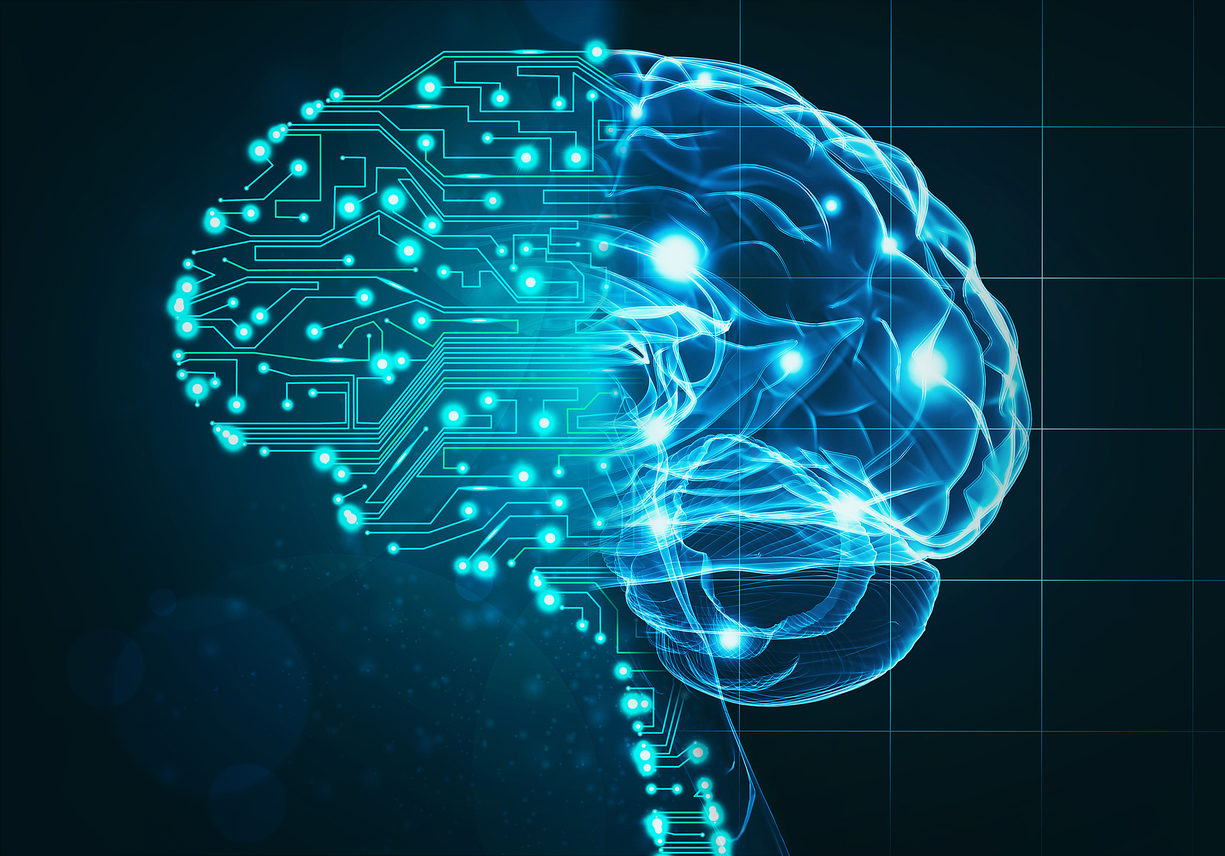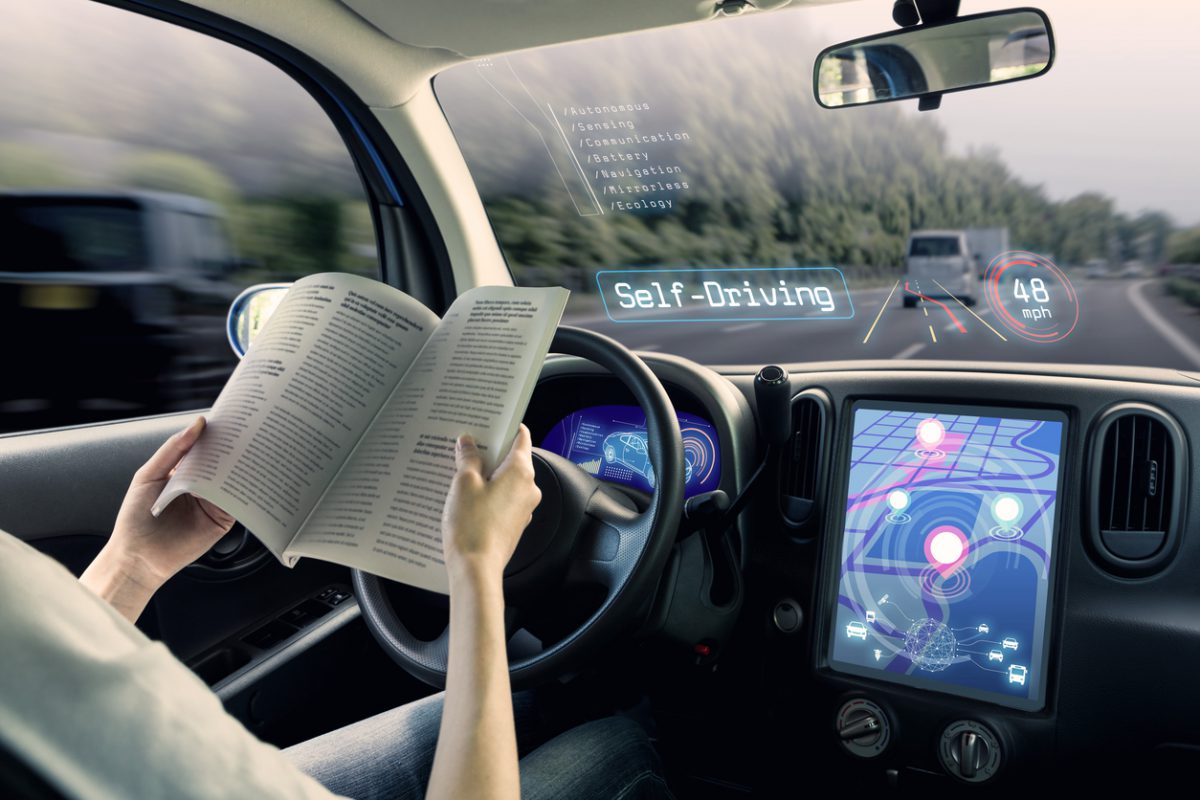At the end of last month, Google denied U.S President Donald Trump’s accusatory tweet which said it’s algorithms favor liberal media outlets over right-wing ones.
Trump’s accusations hinted at Google regulating the information that comes up in Google searches. However, governing or regulating algorithms and the decisions they make about which information should be provided and prioritized is a bit tricky.
Eugene Volokh, a University of California-Los Angeles law professor and author of a 2012 white paper on the constitutional First Amendment protection of search engines, said, “Each search engine’s editorial judgment is much like many other familiar editorial judgments.”
A similar scenario of a newspaper case from 1974 sheds light on what the government can control under the First Amendment, companies’ algorithms and how they produce and organize information. On similar lines, Google too has the right to protect its algorithms from being regulated by the law.
Google has the right to protect algorithms, based on a 1974 case
According to Miami Herald v. Tornillo 1974 case, the Supreme Court struck down a Florida law that gave political candidates the “right of reply” to criticisms they faced in newspapers.
The law required the newspaper to publish a response from the candidate, and to place it, free of charge, in a conspicuous place. The candidate’s lawyers contended that newspapers held near monopolistic roles when it came to reaching audiences and that compelling them to publish responses was the only way to ensure that candidates could have a comparable voice.
The 1974 case appears similar to the current scenario. Also, if Google’s algorithms are manipulated, those who are harmed will have comparatively limited tools through which to be heard.
Back then, Herald refused to comply with the law. Its editors argued that the law violated the First Amendment because it allowed the government to compel a newspaper to publish certain information.
The Supreme Court too agreed with the Herald and the Justices explained that the government cannot force newspaper editors “to publish that which reason tells them should not be published.”
Why Google cannot be regulated by law
Similar to the 1974 case, Justices used the decision to highlight that the government cannot compel expression. They also emphasized that the information selected by editors for their audiences is part of a process and that the government has no role in that process.
The court wrote, “The choice of material to go into a newspaper and the decisions as to limitations on size and content of the paper, and treatment of public issues and public officials—fair or unfair—constitute the exercise of editorial control and judgment.”
According to two federal court decisions, Google is not a newspaper and algorithms are not human editors. Thus, a search engine or social media company’s algorithm-based content decisions should not be protected in similar ways as those made by newspaper editors.
The judge explained, “Here, the process, which involves the . . . algorithm, is objective in nature. In contrast, the result, which is the PageRank—or the numerical representation of relative significance of a particular website—is fundamentally subjective in nature.”
Ultimately, the judge compared Google’s algorithms to the types of judgments that credit-rating companies make. These firms have a right to develop their own processes and to communicate the outcomes.
Comparison of both journalistic protections and algorithms, was conducted in a Supreme Court’s ruling in Citizens United v. FEC in 2010. The case focused on the parts of the Bipartisan Campaign Reform Act that limited certain types of corporate donations during elections. Citizens United, which challenged the law, is a political action committee.
Chief Justice John Roberts explained that the law, because of its limits on corporate spending, could allow the government to halt newspapers from publishing certain information simply because they are owned by corporations. This can also harm public discourse.
Any attempt to regulate Google’s and other corporations’ algorithmic outputs would have to overcome:
The hurdles the Supreme Court put in place in the Herald case regarding compelled speech and editorial decision-making,
The Citizens United precedent that corporate speech, which would also include a company’s algorithms, is protected by the First Amendment.
Read more about this news in detail on Columbia Journalism Review.
Google slams Trump’s accusations, asserts its search engine algorithms do not favor any political ideology
North Korean hacker charged for WannaCry ransomware and for infiltrating Sony Pictures Entertainment
California’s tough net neutrality bill passes state assembly vote
Read more
 United States
United States
 Great Britain
Great Britain
 India
India
 Germany
Germany
 France
France
 Canada
Canada
 Russia
Russia
 Spain
Spain
 Brazil
Brazil
 Australia
Australia
 South Africa
South Africa
 Thailand
Thailand
 Ukraine
Ukraine
 Switzerland
Switzerland
 Slovakia
Slovakia
 Luxembourg
Luxembourg
 Hungary
Hungary
 Romania
Romania
 Denmark
Denmark
 Ireland
Ireland
 Estonia
Estonia
 Belgium
Belgium
 Italy
Italy
 Finland
Finland
 Cyprus
Cyprus
 Lithuania
Lithuania
 Latvia
Latvia
 Malta
Malta
 Netherlands
Netherlands
 Portugal
Portugal
 Slovenia
Slovenia
 Sweden
Sweden
 Argentina
Argentina
 Colombia
Colombia
 Ecuador
Ecuador
 Indonesia
Indonesia
 Mexico
Mexico
 New Zealand
New Zealand
 Norway
Norway
 South Korea
South Korea
 Taiwan
Taiwan
 Turkey
Turkey
 Czechia
Czechia
 Austria
Austria
 Greece
Greece
 Isle of Man
Isle of Man
 Bulgaria
Bulgaria
 Japan
Japan
 Philippines
Philippines
 Poland
Poland
 Singapore
Singapore
 Egypt
Egypt
 Chile
Chile
 Malaysia
Malaysia















